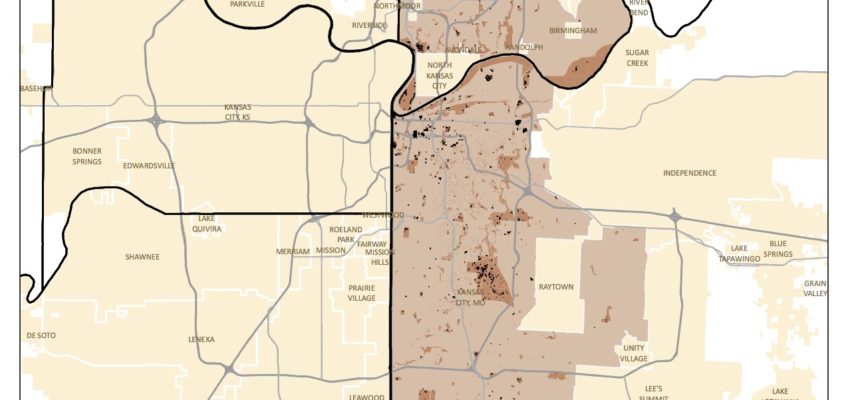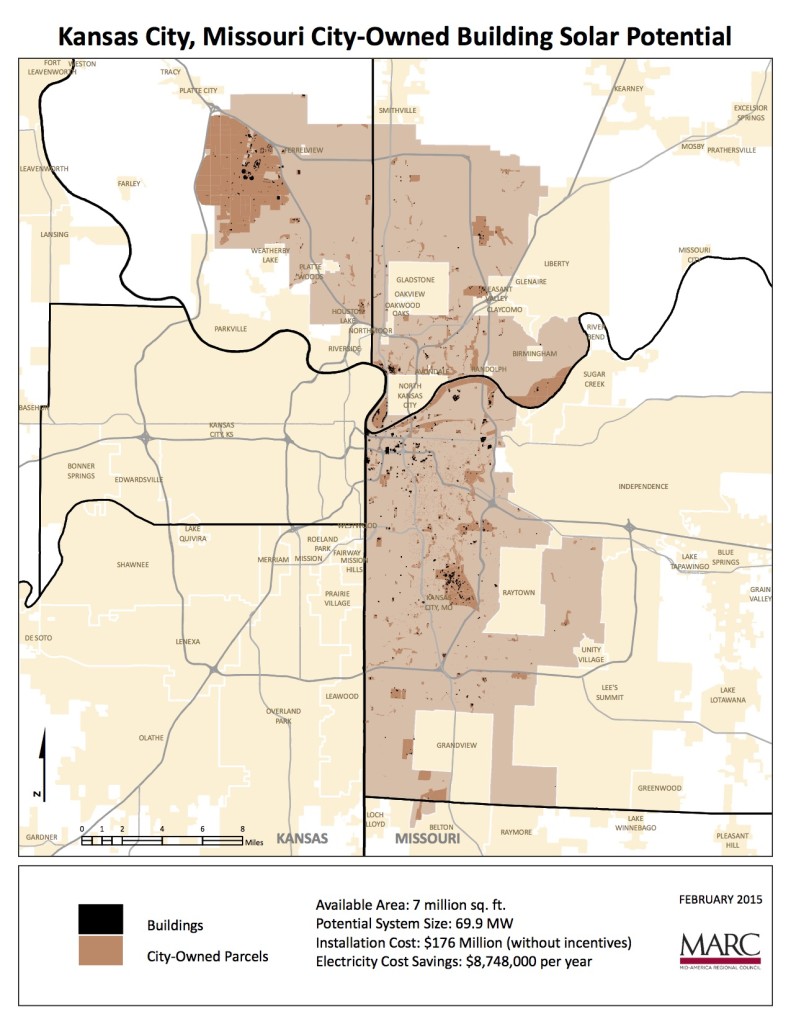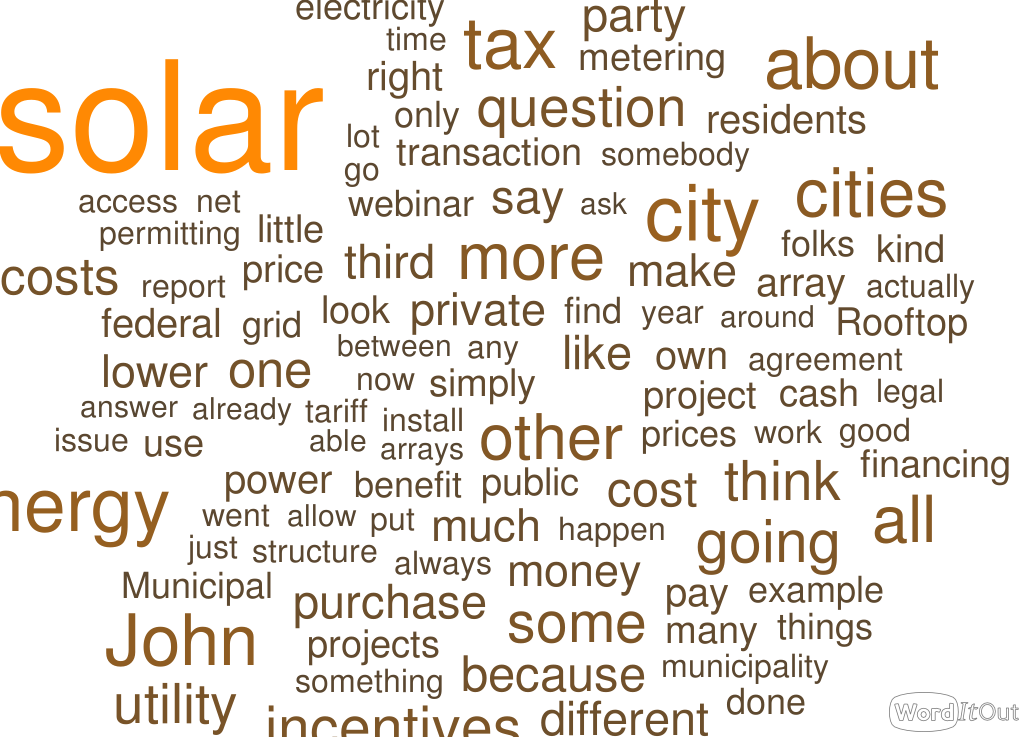![]()
![]() How much solar is installed on municipal buildings? How much could be installed?
How much solar is installed on municipal buildings? How much could be installed?
As we discovered in writing ILSR’s Public Rooftop Revolution report—the latest in the Rooftop Revolution series—nobody had the answer, for almost every city we contacted.
But in the course of the research, three cities answered our call to analyze their rooftop solar potential specifically for public property. Our second release is for the city of Kansas City, MO, where an analysis by the regional government agency—Mid-America Regional Council—suggests the city could put 70 megawatts on public building roofs across town.
All told, we estimated that 5,000 megawatts of solar could be installed relatively quickly on the public buildings of 201 cities (of 100,000 people or more) in the states where cities can contract to buy electricity directly from a non-utility company.
The map is based on a citywide survey of solar suitability on buildings and it includes city-owned but not school buildings. It identifies a potential of 70 megawatts on over 2,000 buildings. The analysis assumes availability of just 35% of roof surface, to account for chimneys and other roof structures, setbacks that are sometimes imposed by jurisdictions for code reasons, and roof orientation that may cause only a portion of the roof to be suitable for solar. It did not account for shading, roof age or engineering strength. Furthermore, no analysis was provided for on-site energy consumption, which can be a limiting factor for solar installations under net metering rules.
This article originally posted at ilsr.org. For timely updates, follow John Farrell on Twitter or get the Democratic Energy weekly update.






